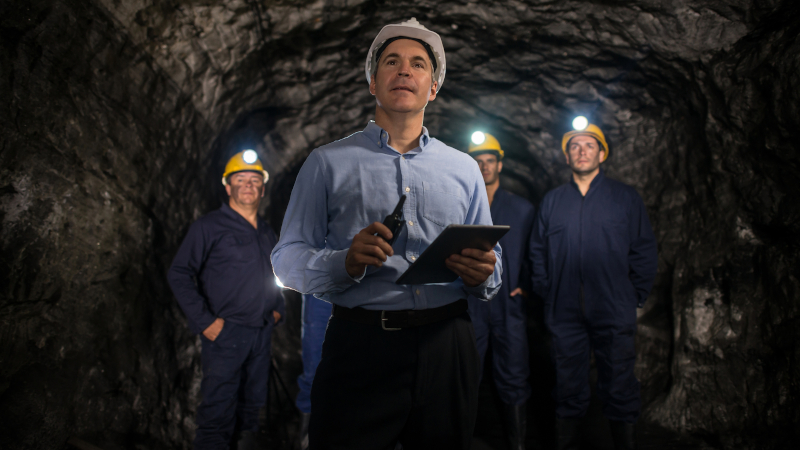Safety is the number one priority in mining, and one great way to accomplish this goal is through geotechnical monitoring system. A geotechnical monitoring system requires many components, geotechnical monitoring instruments, to measure data, watch the surroundings, and analyze the data. Here are some of the geotechnical monitoring instruments that are part of this system.
- Inclinometer: An inclinometer is a geotechnical monitoring instrument that measures tunnel distortions and movements. It measures inclines and changes and can be installed in the tunnel to see how it moves and twists, if at all.
- Tilt Beam: A tilt beam does exactly what it says, it tilts. It can measure the tilt, whether vertical or horizontal, to see horizontal or vertical deformation or tilting. It then transmits any changes in tilt wirelessly to receivers.
- Wireless Receivers: From here, data acquisition instruments will be used to collect the data coming from the sensors. The sensors collect data, but it needs to be sent somewhere wirelessly for collection, so it can then be pushed onward and analyzed.
- Software: With the receivers getting data, the data needs to be processed somewhere. A computer software can take in all of the data, and process it in real time so you can always have an accurate picture of the tunnel.
Geotechnical monitoring systems can involve any number of instruments. While these are just a few of the basic, what is important is that it have sensors, receivers, and software to process all of the data to give you an accurate picture of what is going on. With recent advancements in geotechnical monitoring instruments, they have become more accurate and more efficient.










